France’s economic indicators have signaled alarming trends as the country’s PMI Manufacturing slumped to 43.6 in September, marking a 40-month low. PMI Services and Composite figures too painted a grim picture, both plummeting to a 34-month low, with values of 43.9 and 43.5, respectively.
Norman Liebke of Hamburg Commercial Bank expressed concerns regarding the sharp dip in business activity across the service and manufacturing sectors. Liebke’s outlook for 2024 suggests an economic growth rate lower than earlier projections. This bleak forecast is mirrored by the manufacturing sector’s sentiment, which has turned notably pessimistic. Manufacturers harbor “growth expectations [that] fell to their lowest since May 2020.”
For the current quarter, Liebke’s predictions are hardly optimistic. He said, “Economic growth for this quarter… points to growth of just 0.2%.” Interestingly, he notes that any slight growth will predominantly be propelled by the public service sector, with the private service sector anticipated to contract, reflecting the PMI data.
Furthermore, the decline in unemployment witnessed recently is expected to be short-lived, with rates likely to surge in the upcoming months. On the inflation front, rising input costs and output charges remain a concern. Liebke anticipates a surge in inflation, predicting it “to have risen further in September to a rate of 5.5%” before it begins to taper off.




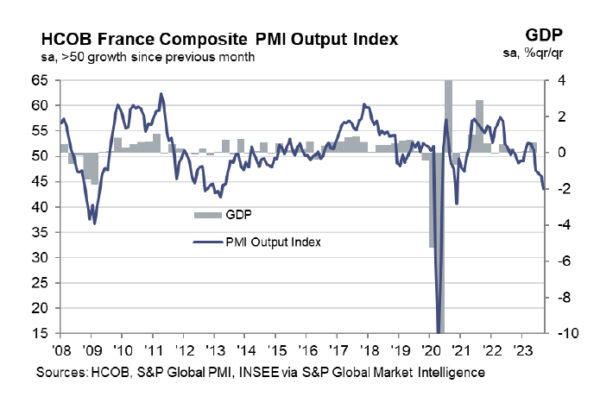
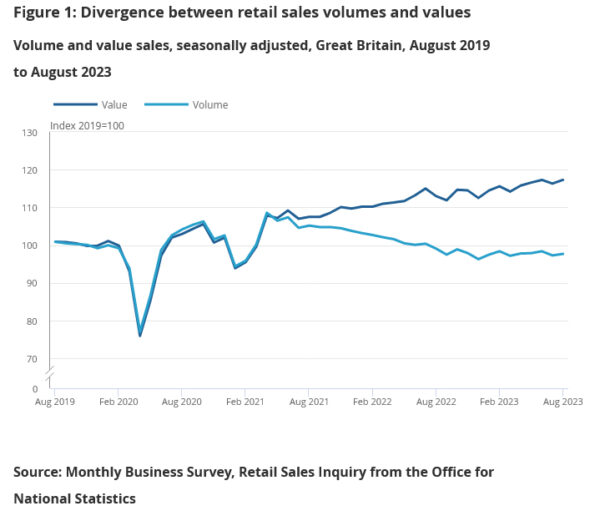
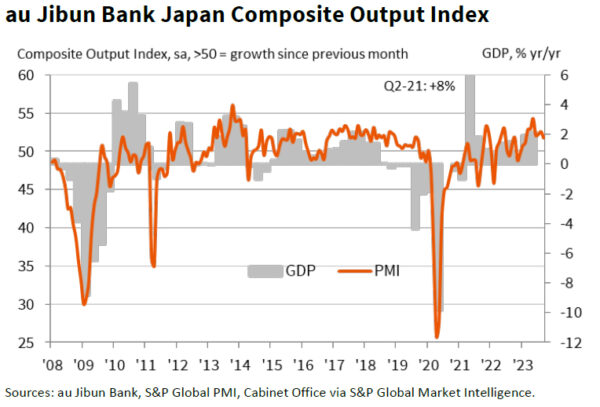
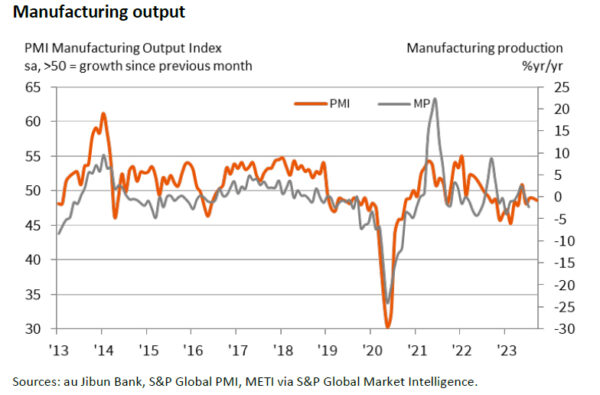
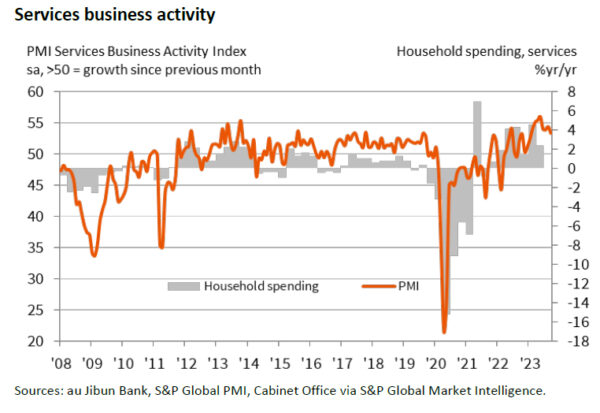
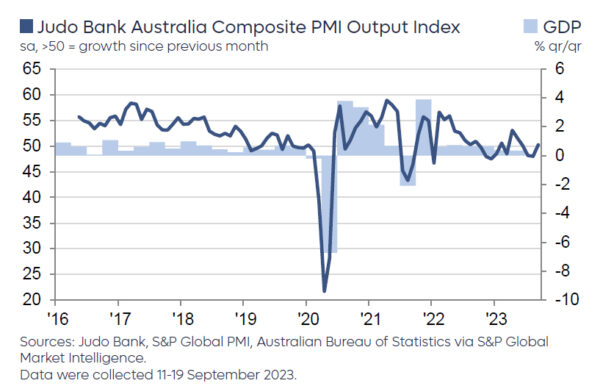
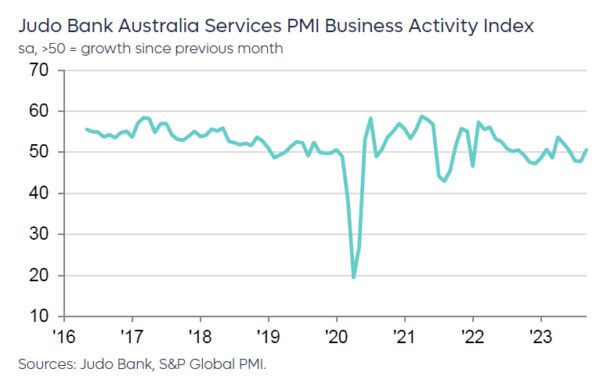
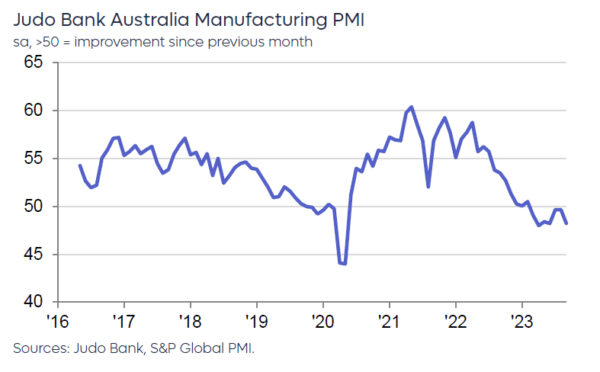
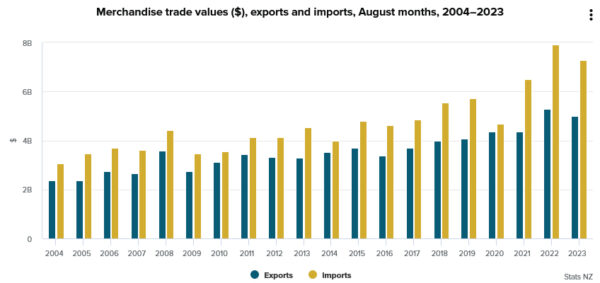

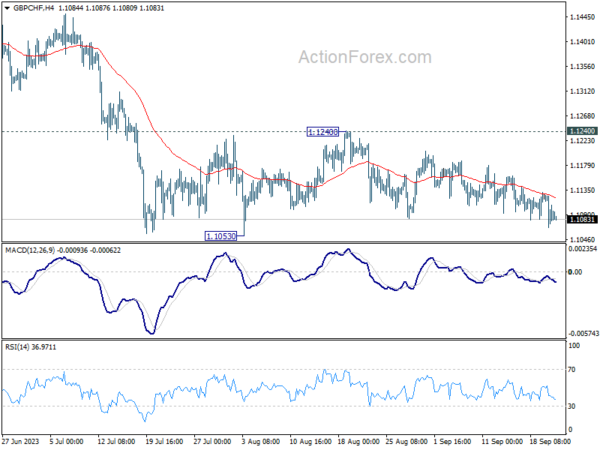
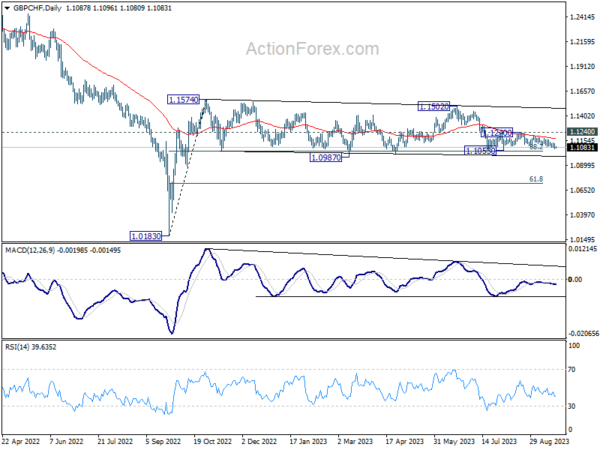
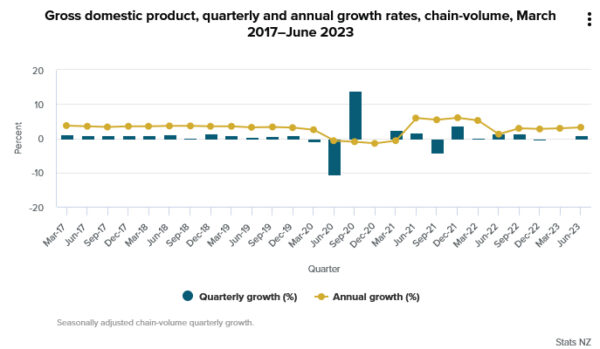
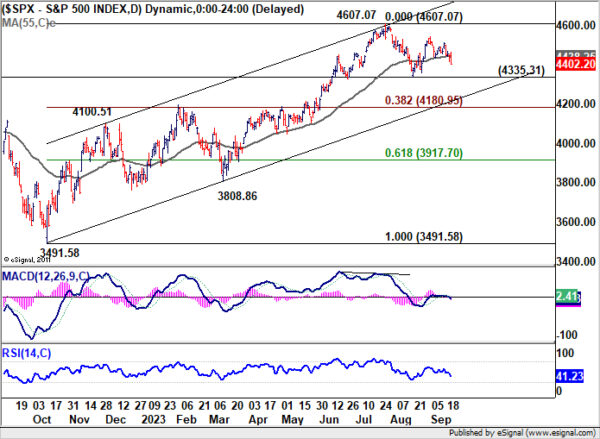
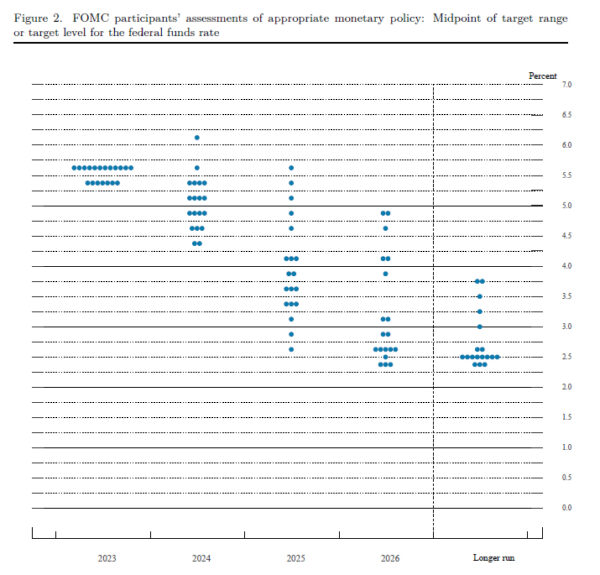
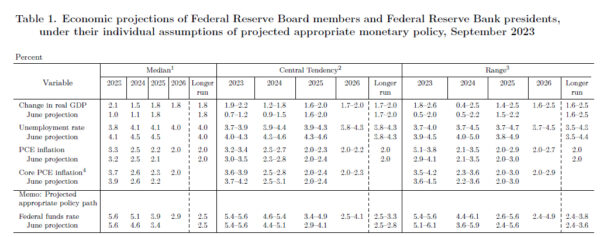
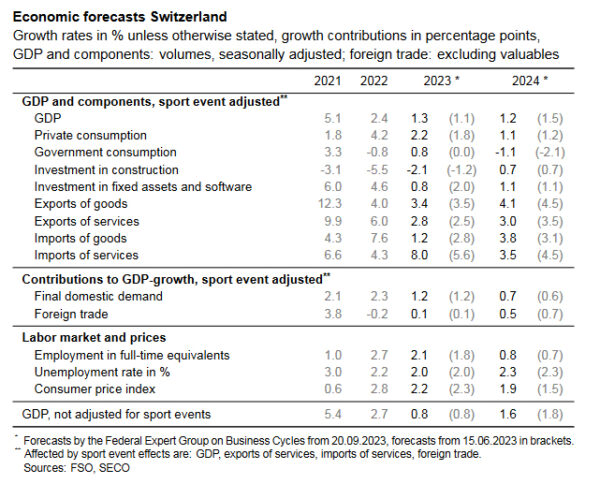
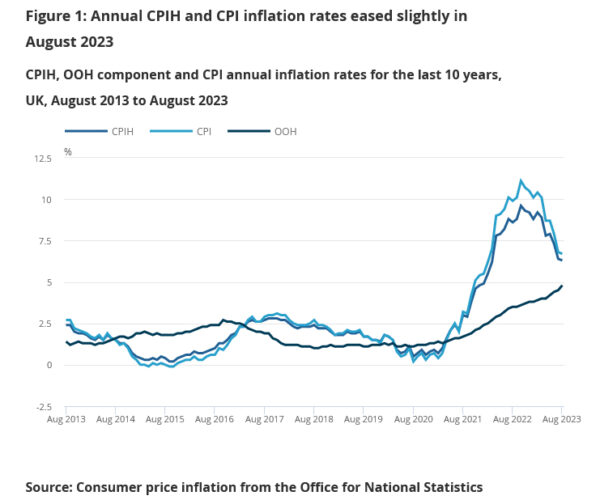
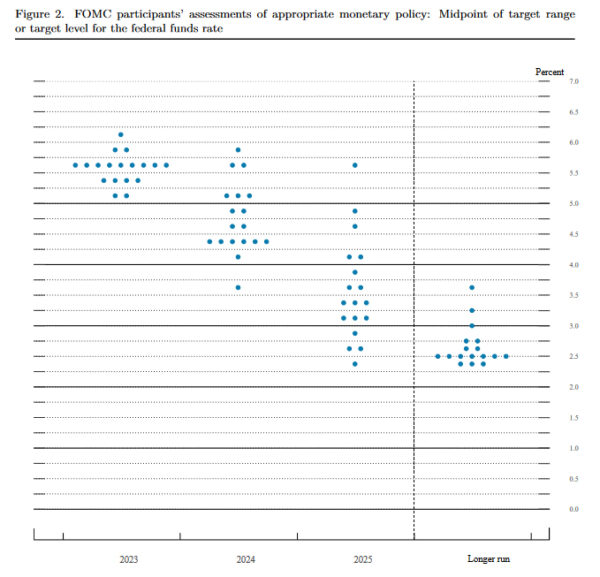
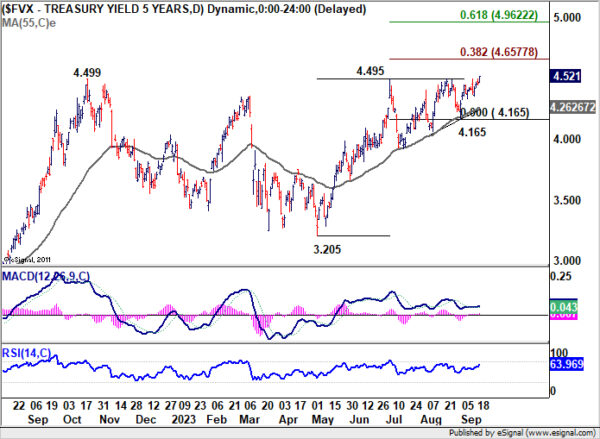
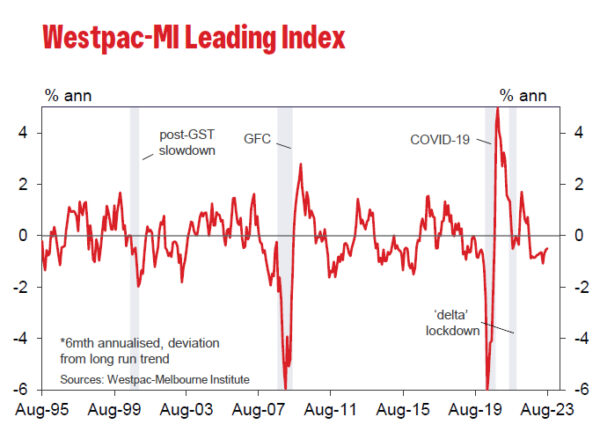

Germany PMIs improve, but points to economic contraction in current quarter
While Germany witnessed a modest improvement in its economic indicators for September, underlying concerns persist. PMI Manufacturing saw a slight climb from 39.1 to 39.8. Similarly, PMI Services edged up from 47.3 to just below the 50 mark at 49.8. Composite PMI experienced an uptick, moving from 44.6 to 46.2.
Cyrus de la Rubia, Chief Economist at Hamburg Commercial Bank, addressed the improvements, particularly noting, “The German services PMI stopped its slump and nudged up near 50 in September.” Nonetheless, despite this upward nudge, the service sector remains virtually unchanged following the dip seen in August.
Encouragingly, recent PMI data suggests a deceleration in the decline of new orders and a slowdown in the reduction of purchasing activity in manufacturing. However, a closer look into the data indicates that manufacturing production might experience a drop surpassing 2 percent compared to the preceding quarter.
The broader picture is not particularly optimistic. “Germany has entered once again into contraction during the current quarter.” Hamburg Commercial Bank’s latest projections anticipate a sharp GDP decline of 1 percent relative to the prior quarter.
Full Germany PMI release here.